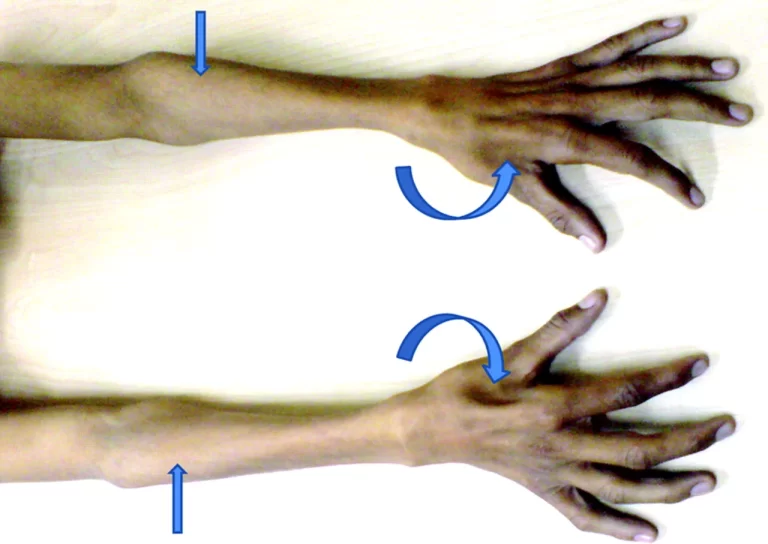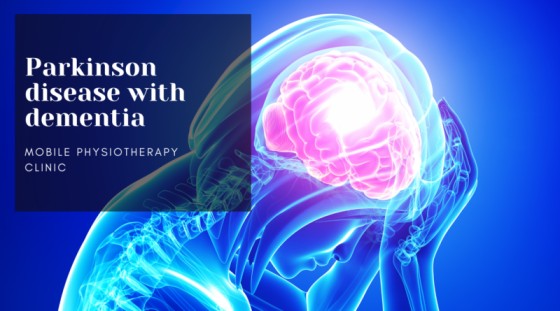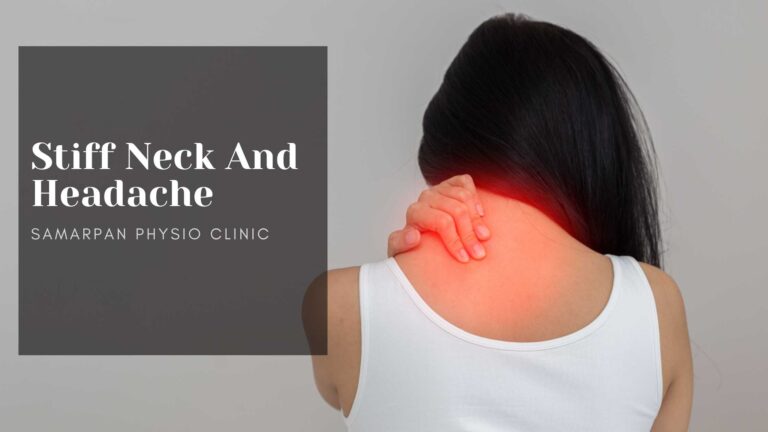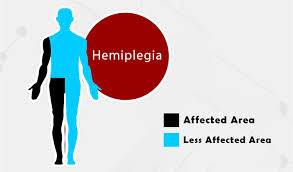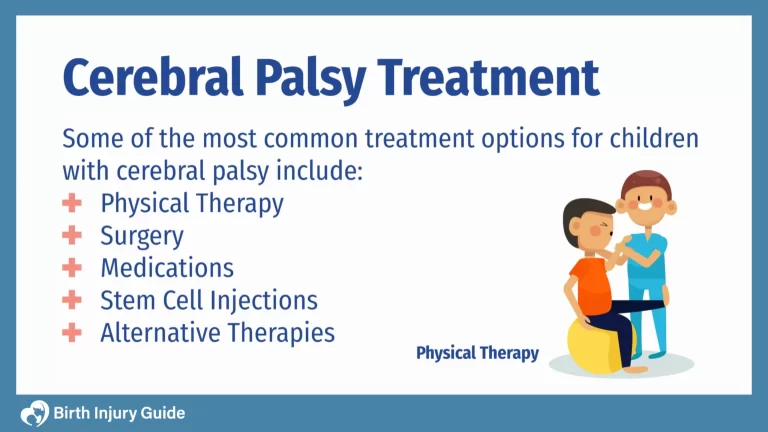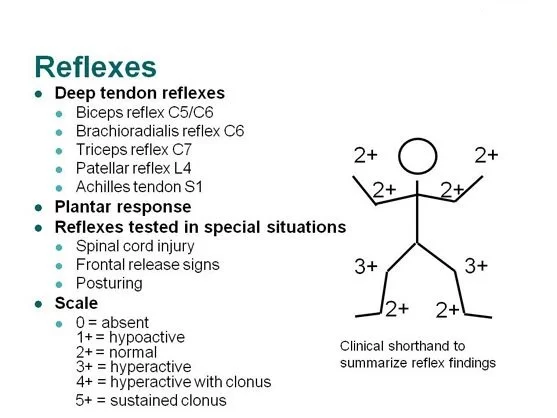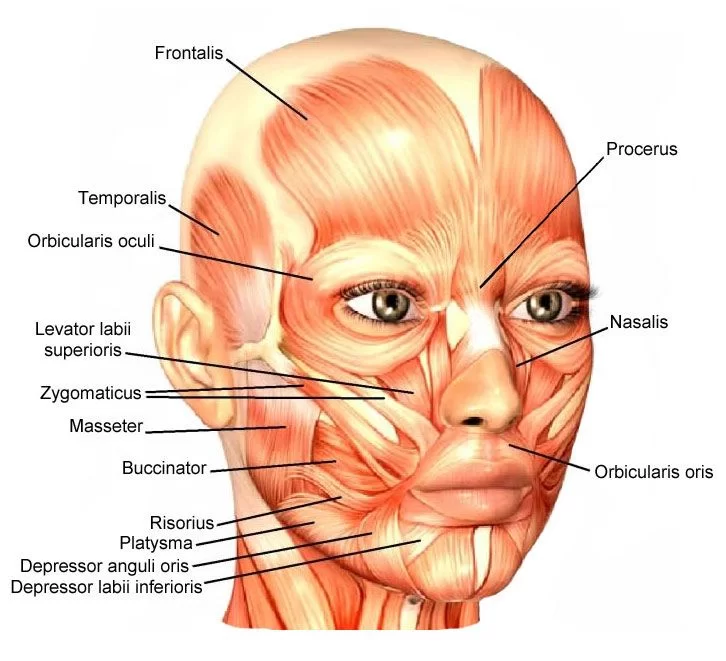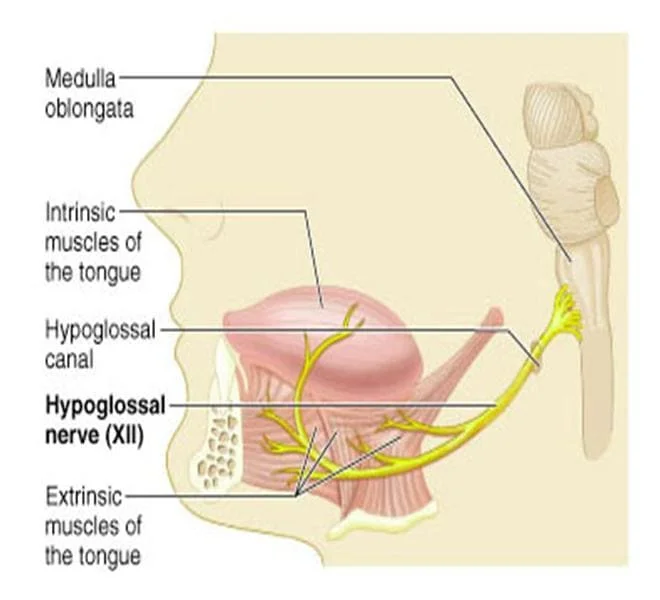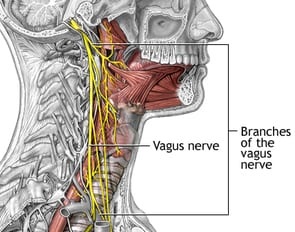Hirayama Disease: Physiotherapy Treatment
Hirayama Disease is characterized by a slow and progressive weakening of the skeletal muscles. It is a rare disease, and it affects people in their teens and early 20s. Introduction Hirayama Disease Define Monomelic Amyotrophy ( Hirayama Disease ) Pathogenesis Symptoms of Hirayama Disease The signs and symptoms of Hirayama’s disease can include: Cause of…

